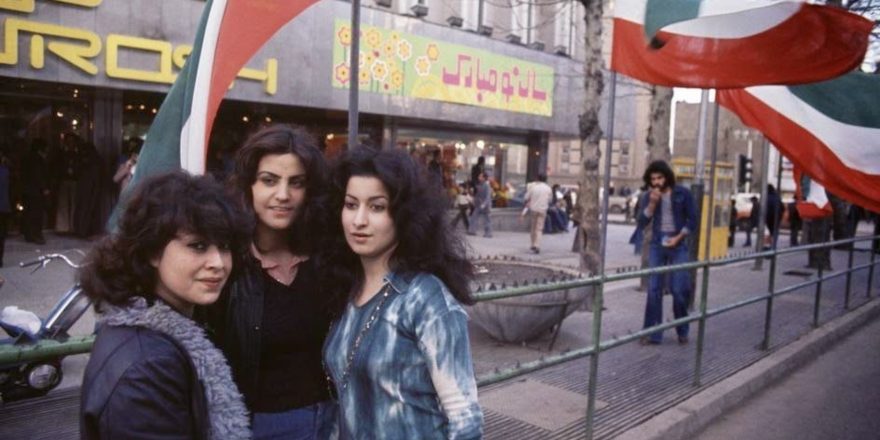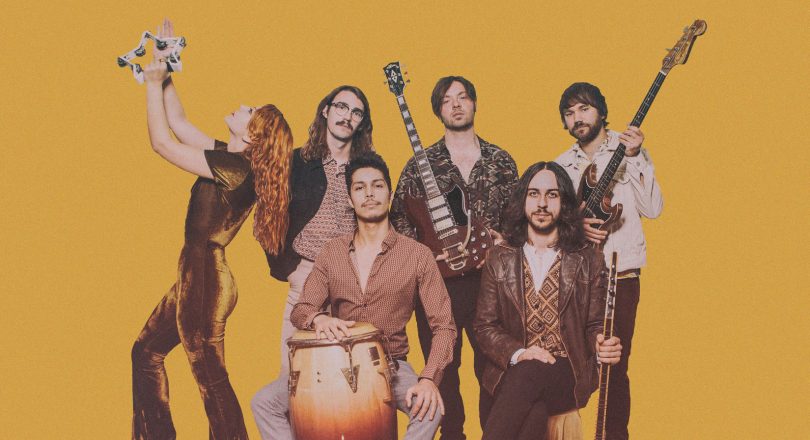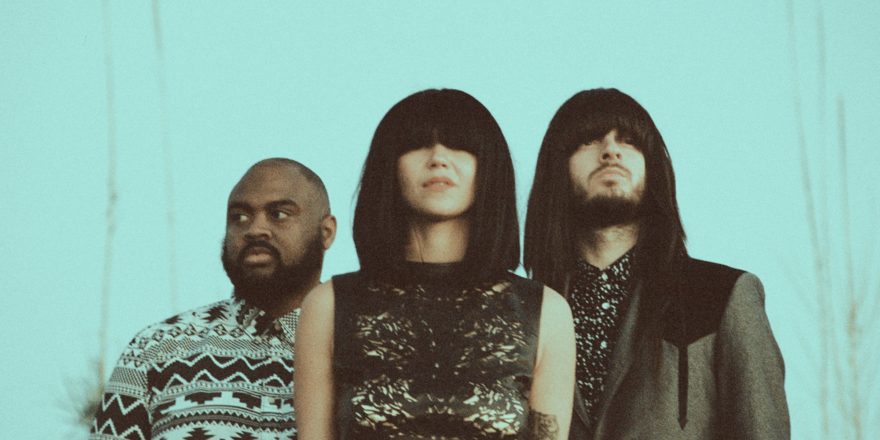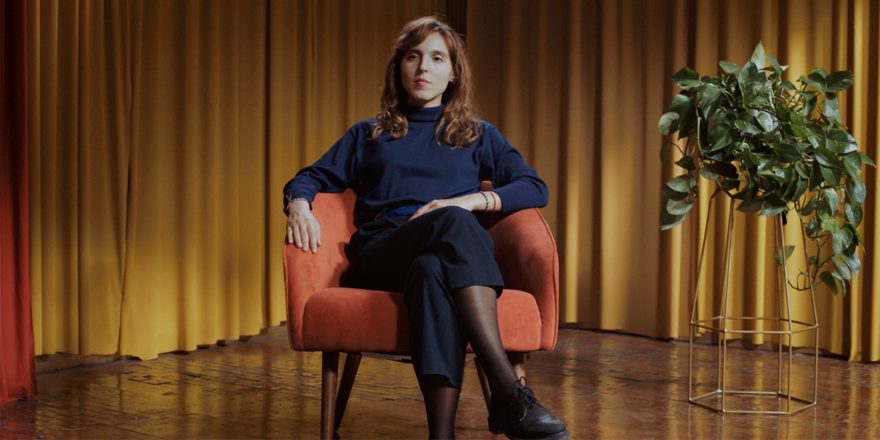If you want to have an understanding of a country’s people, there is no better place to look than to its art — it serves as both repository for and witness to a society. With the recent reopening of America’s historical footnotes on Iran, we’re reminded of American society’s outstanding lack of recognition for the country’s rich history of art and music, corners of its culture that thrived until the Islamic revolution of 1979. Sadly, America’s perspective of Iran tends to reflect only on the present day oppressive regime, the hardliners, and the country’s alleged ties to terrorism, leaving no real grasp or understanding of the many people who inhabit it. That being said, though it’s obvious the political history of Iran is incredibly dense and difficult to explain, its music is not only accessible for any foreign ear, but also incredibly powerful and moving on a universal level.
The 1960s and ‘70s were a time of great flourish for Iran’s music scene. There was a huge transition and emergence of the pop genre, along with the birth of pop stars who soon became icons and influencers to the younger generations. Singers like Googoosh and Shohreh were mimicked by younger woman, copying their hair-dos and styles. My mom used to tear pictures of Googoosh out from magazines and bring them to a seamstress, asking for similar outfits and designs. There was a surge of international covers — young Iranian musicians doing renditions of Western hits from artists like Nancy Sinatra, The Rolling Stones, and Aretha Franklin. Artists also began expressing themselves more freely. Legend has it, the singer Ramesh was a lesbian, though this rumor is not confirmed. (There was another rumor she was killed for it during the revolution, which is not true.) The fact that this was the gossip about a respected singer reflected a time of more openness and acceptance.
All of this influence was coming from the West, a direct reflection of the positive relationship Iran had at that time with the US. Traditional instruments were being turned in for electric guitars, tombaks for drum sets. Rock and disco were being absorbed by the youth. Artists like Kouroush Yaghmaie were pioneers in this movement, writing rock ballads filled with guitar riffs and psychedelic nuances. Still at its core holding onto the richness of true Iranian poetic expression, new styles were emerging, outfitted in sounds and looks that were directly inspired by artists like Pink Floyd, the Beatles, and Jimi Hendrix.
The very essence of these songs are what started the foundation for Habibi. Lenny Lynch and I both share a deep love for ‘60s and ‘70s psychedelic music from the Middle East; it’s both how we bonded and how we began to write. Whether direct or indirect, you can hear Eastern scales in her guitar, the influence of Dick Dale’s (of Lebanese descent) surf style, and minor notes in our melodies. We even cover Koroush Yaghmaie, who we both cite as a musical hero.
Here, I’ve made a playlist of a few of my favorite tunes from that era. With a heavy presence of rock, funk, and disco, these songs are timeless and can still go toe-to-toe with any songs from around the world within these genres. I say this with confidence, because as a DJ I’ve made it my duty to play them out as much as I can. Also, huge shout out to labels like Now and Again and Light In The Attic, who have brought these albums back to life, making them accessible and giving us a true glimpse of a musically virtuous time in Iran. Songs that bang stay bangin’. Here’s proof:







